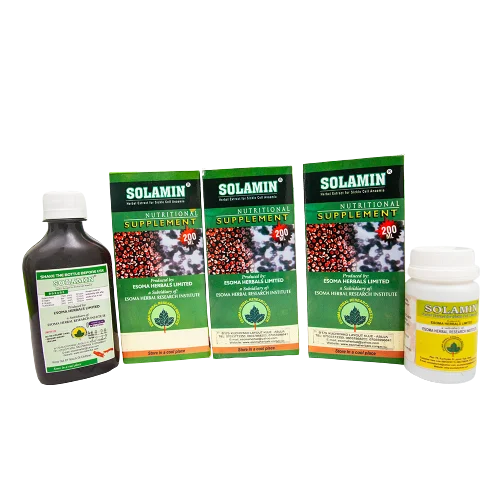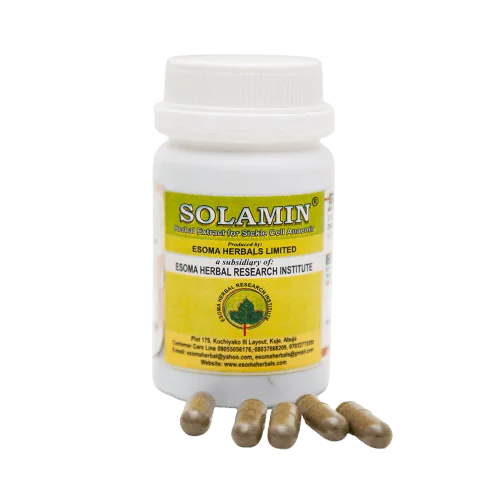Subtotal ₦0.00
Subscribe to out newsletter today to receive latest news administrate cost effective for tactical data.
2478 Street City Ohio 90255
Shopping cart
- Phone:+234(0)703-377-3350
- Email:info@esomaherbal.com
- B179 Kuchiyako Layout III, Kuje, Abuja




